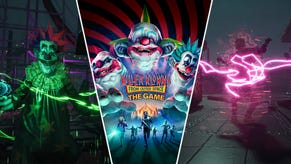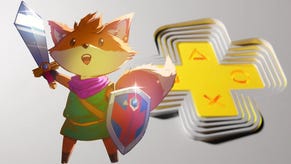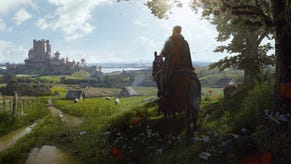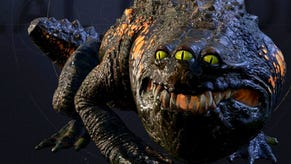The New Mutants: Four Games that Changed Drastically During Development
Things don't always go according to plan—especially when it comes to video games.
This article first appeared on USgamer, a partner publication of VG247. Some content, such as this article, has been migrated to VG247 for posterity after USgamer's closure - but it has not been edited or further vetted by the VG247 team.
It goes without saying, but making video games is hard. Even the most brilliant of concepts can't come into being as intended unless every last piece—of the countless many—falls into place. In short, everyone has ideas—it's the execution that matters. And with the following games, it took several trips back to the drawing board to get things right.
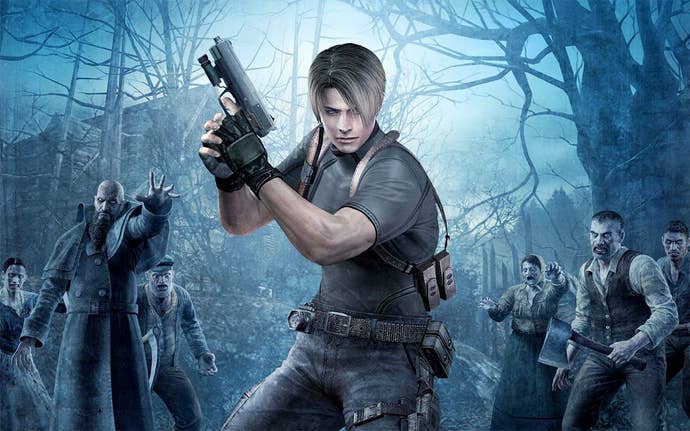
Resident Evil 4 | Capcom | Nintendo GameCube | 2005
After 1998's Resident Evil 2 proved the success of the series' debut wasn't just a fluke, Capcom doubled down on making the most of their little phenomenon. In an effort to capitalize on the PlayStation's remaining lifespan, the publisher began development of Resident Evil 1.5—intended to take place between the first two games—and Resident Evil 3, spearheaded by current Platinum Games mastermind Hideki Kamiya. However, Sony's announcement of the PS2 on March 1, 1999 threw a particularly disruptive wrench in Capcom's gears. With a new console on the horizon, RE 1.5 became Resident Evil 3: Nemesis, and the former third chapter changed to Resident Evil 4, which Capcom planned to release early in the PlayStation 2's lifetime.
Previously, most of the story behind Resident Evil 4's troubled development came from interview snippets and trade show footage of scrapped versions, but a recent Eurogamer interview told the story from the perspective of the man who lived it: scenario writer Yasuhisa Kawamura. And Capcom's choice to hire him just a few years into Resident Evil's lifespan shows how much the developer wanted to mix things up after the second game: "They first asked me what kind of Biohazard game I wanted to make. I said 'I want to make Exorcist-themed Biohazard game, or Yakuza-themed Biohazard with Katana Swords,'" said Kawamura.
Still, the higher-ups at Capcom didn't want Resident Evil to deviate too far from its core values—which is exactly what Kamiya's RE4 did. Outside of its horror trappings, the director's take on the series took the form of a fast-paced action game that, fortunately for us, was too far along in development to cancel. Kamiya's project eventually transformed into Devil May Cry, leaving Kawamura—fresh off of Nemesis—in charge of Resident Evil 4's fate. Inspired by Konami's competing horror series Silent Hill and the 2000 movie Lost Souls, Kawamura wanted Resident Evil to take a more psychological bent, giving protagonist Leon Kennedy an infection that causes intense hallucinations.
According to Kawamura, the technology simply didn't exist to bring this idea into being: "Various hidden checkpoints would trigger Leon's fear into hallucination. Depending on player's behaviour, the structure of stage changed, so we had to create two types of 3D models. That doubles the amount of cost when it comes to design and rendering. Even if we did have the budget, it was almost impossible to cram all of that into the GameCube's memory. We couldn't even add any monsters."
The world eventually saw two different versions of Kawamura's idea: One known largely as the "Castle" or "Fog" version, and another variant featuring Leon's hallucinations. (A third variation on this idea featuring zombies is said to exist, but was never shown to the public.) After so many misfires, Resident Evil creator Shinji Mikami would return to the director's chair to give us the final version of part 4 we know and love. But man, what a ride.



